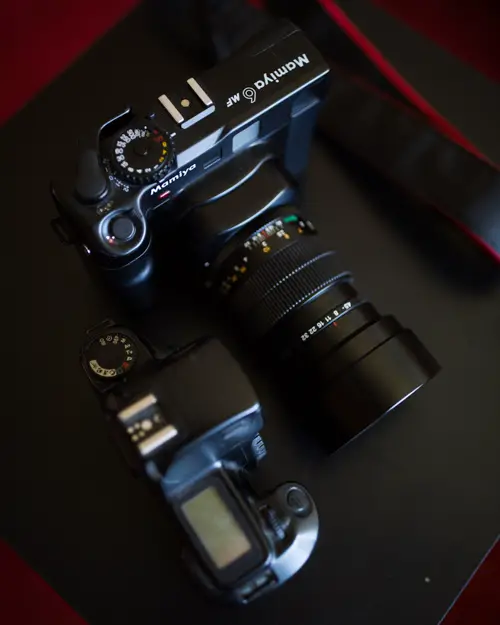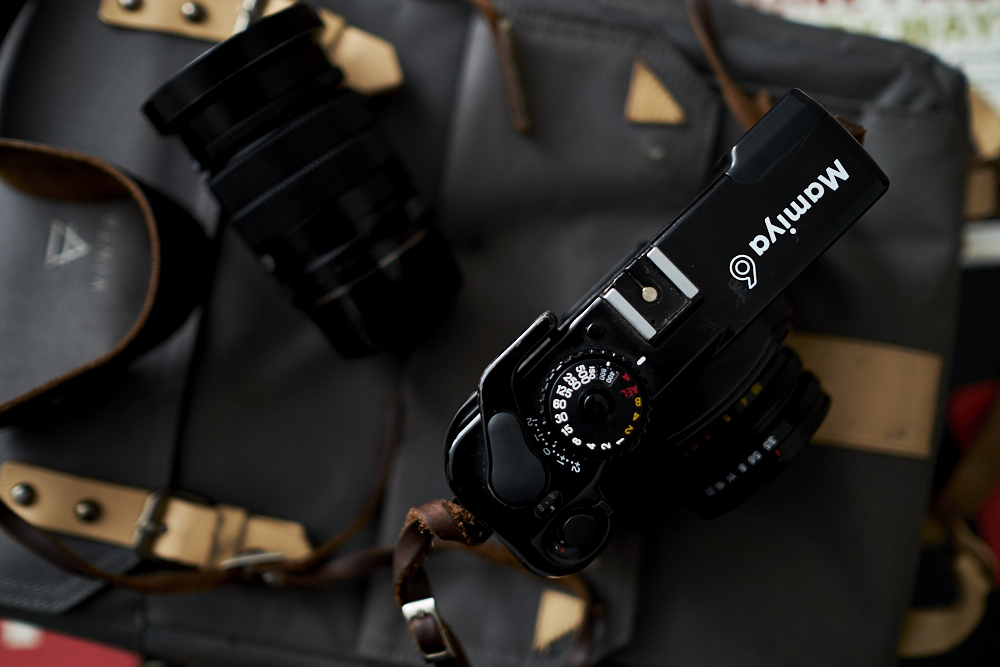
A Leica M shutter speed dial it is not.Īs such I find myself just setting it to the “square” i.e. It’s tight but made of plastic so there’s a bit of play when you add force to move the dial with one finger. The dial is big but i found it difficult to adjust the shutter speed with one finger. The main dial on the top plate is handsomely designed and combines shutter speeds, AE settings, ISO, and exposure compensation all in one place. These little pegs make it a cinch to snap your favorite #120not120mm rolls into place and remove. One of the things I don’t enjoy about medium format is fiddling with the spools trying to load the film properly, especially under time constraints. I appreciate the clear markings to fit the hood on, saving me some unnecessary fiddling.

The build is solid and the focusing and aperture rings are nicely spaced out. Not too heavy or light at about 8.8oz or 250g, it is well balanced fitted on the camera.
MAMIYA 6 REVIEW FREE
The Mamiya 6 is relatively svelte, easy and fast to use and makes sharp images due to the silent and vibration free electronic leaf shutters and rangefinder-design lenses. The Mamiya 6 was introduced in May 1989 and is a 6×6 cm (2¼” square) rangefinder camera taking #120not120mm and 220 film with three interchangeable lenses of 50mm, 75mm and 150mm. In this review, we’ll be taking a closer look at the Mamiya 6 with the 75mm f/3.5.
MAMIYA 6 REVIEW SERIES
The Bronica ETR series shoot 6×4.5 cm frames so if you want a bigger negative, Mamiya is the way to go.

If you want smallish size and lightweight and you need to swap focal lengths, your options are limited to the Bronica ETR series or Mamiya 6/7.

Of course there are the Rolleiflex TLR’s and their brethren, the legendary Plaubel Makina 67 family or Fuji foldables like the GF670 for relative featheriness but you’re stuck with a single lens.
MAMIYA 6 REVIEW PORTABLE
Thus a lightweight portable option has always been, still is, and will always be desirable. The neck, shoulders and back? Not so much.

There’s no doubt that anyone who has shot medium format film loves those huge negatives or slides you get back.


 0 kommentar(er)
0 kommentar(er)
